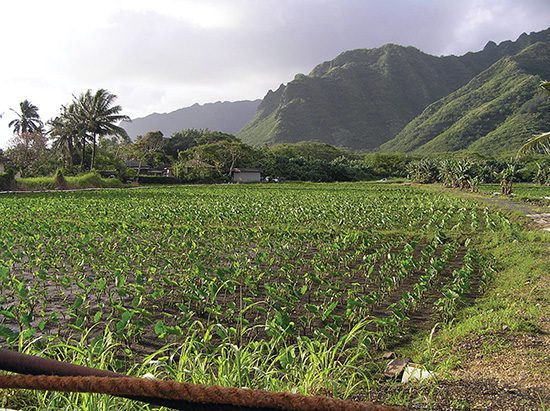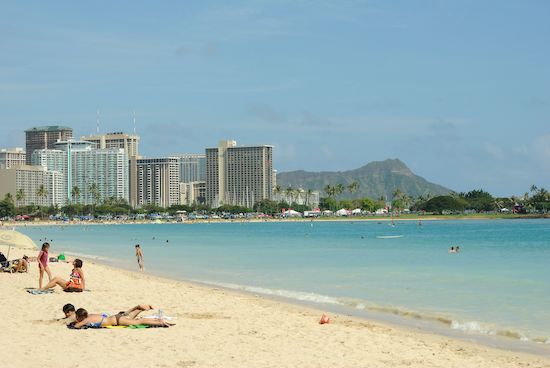
with Christian Palmer
Expanding food production on O‘ahu
I recently attended the
North Shore Food Summit,
a meeting of academics, farmers, landowners and environmentalists concerned with expanding food production and preserving the rural character of O‘ahu’s North Shore. Although the conference was fascinating, it wasn’t exactly inspiring. The difficulties in expanding agriculture within the current economic system are daunting.
The first challenge is the cost of land. Although roughly 50 percent of the state is designated as agricultural land, zoning can be changed and many landowners prefer to keep land empty rather than lease it to farmers, especially in long-term leases.
Land is concentrated in the hands of a relatively small number of large corporations that don’t want to manage a lot of small farm plots but would rather lease it to large agro-businesses. The availability of clean water, access to the farm land and the challenge of competing with cheap crops produced in the developing world exacerbate these problems.
Another problem is labor. Landowners require lessees to have farming experience. But with most farmers being older and given the difficulty of starting a farm, experience can be hard to come by creating a catch-22. Even with farmer education and agricultural programs at universities, many who graduate from these programs don’t go on to become farmers. With one of the lowest unemployment rates in the country, state residents aren’t exactly looking for jobs that are physically demanding and financially risky.
Instead of insisting that farmers must adapt to the current economic system, we must change the system to create the kind of agricultural economy Hawai‘i needs. The governor has announced a plan to double Hawai‘i’s food production by 2030 but there is no coordinated effort to make this happen. While the governor’s goal is admirable, even doubling food production may not be enough. More than 90 percent of our food is currently imported, and there is only one week’s worth of food on the island at any time. Any disaster that threatens shipping or food storage could create an instant shortage. Almost everyone agrees that we need to increase food production for food security and to create a vibrant rural economy, but there is little consensus on how to make that happen.
Here are a few suggestions. The state should expand and develop agricultural programs at high schools and colleges. Community colleges like Windward seem particularly well suited to the task because our non-credit programs and certificates can provide specific, focused training for students to get them straight into the workforce.
We also need to make affordable land available for small start-up farms to take the graduates from training programs and put them onto land.
Finally, there needs to be government investments that subsidize, support and incentivize farming for its social, environmental and community values instead of simply allowing market forces to dictate the shape of our island economy.





